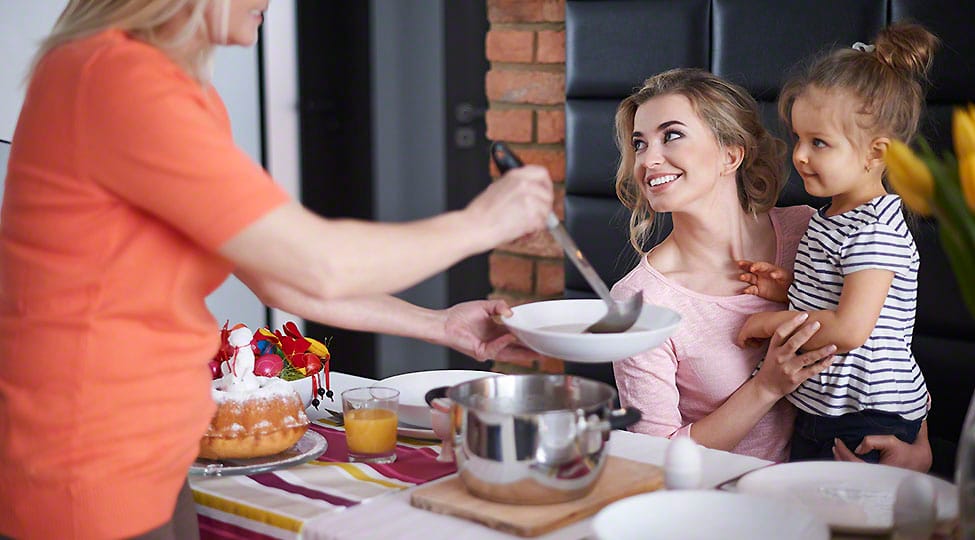Have you ever noticed that on a cold wintery night, your fireplace is not giving as much heat as it should and then you consider the need for a chimney contractor?
How Does A Chimney Works?
When the fireplace or the chimney is in use, the wood needs fresh oxygen to burn for fire, which causes the harmful gases to escape out of the chimney for safety purposes. The direction of the airflow is upwards which causes the cooler air from the different parts of the room to be drawn towards the fireplace, creating a cooling air direction. The combustion of the burning wood causes the gases released to escape up the chimney which also takes with it the warmer air created. This means that whatever warmth you feel in front of the fireplace is even less than a quarter than what you should feel, while the rest is lost through the chimney. Even when the chimney is not in use the heat is constantly escaping from the chimney and for that, you will need to get your chimney leak repair by a chimney contractor.
Ways To Prevent Heat Loss
- To keep your expensive warmth and heat inside the house on those terrible cold nights, you will need to take preventive measures to minimize heat loss. Firstly, you should get your chimney assessed by a chimney contractor for any flaws or leaks which are causing more heat to escape and get your chimney leak repair. Secondly, you should not consider increasing the heat by putting more wood but the strategy that should be followed is to minimize the convection current that is created from the room to the chimney.
- One solution for this is to put an electric blower and a glass barrier. You will not be able to completely stop the convection current that is being created, but you will be able to minimize it to some extent and could retain the radiant heat within the room. The blower will help to provide more warm air inside the room from the fireplace while the function of the glass barrier is to slow down the speed of the cooler air that is being drawn towards the fireplace, thereby reducing the convection current being created.
- When the fire is burning, you can keep the damper partially closed as this will prevent creating a stronger convection current and cause less cool air to escape thus retaining more heat inside the room.
- A fireplace insert is another viable option. An open fire draws air from the room while a fireplace insert is a closed system which has vents to draw air from the outside and it tends to radiate more heat inside the room.
- You can also retrofit your open fireplace. A retrofit basically is a slightly closed system or box for your open fireplace which has vents to draw air from outside. This way you can have the feel of the traditional fireplace and prevent your heated air and warmth to escape outside your house.
- A flue sealer or a chimney plus is another great option. What is it? It’s a removable plug that stops your house’s warm air from escaping outside the chimney. It is an inflatable device made of plastic and should be placed just below the damper. It will inflate and create a tight seal. No professional installation is required as you can attach it yourself but make sure to clean it before installation as dirt can prevent a tight seal.
- Installing doors and covers on the chimney opening and the fireplace is another way to prevent warm air from flowing out the chimney. They are easy to install and provide a tight seal which causes warm air to stay inside the house.
Apart from these solutions, you also need to check if there are any other leaks and openings in your house which is causing the warmth to escape. You should also get your chimney thoroughly checked and get any chimney leak repair to minimize heat and energy losses.


